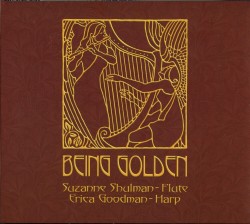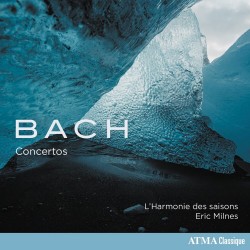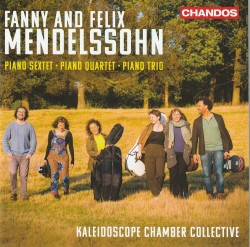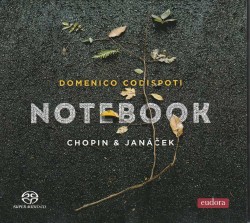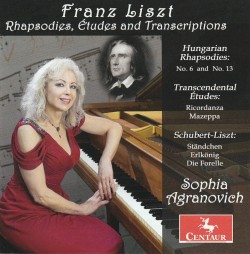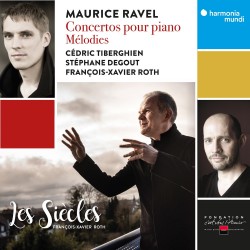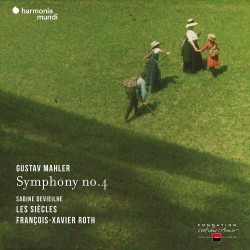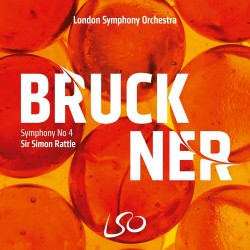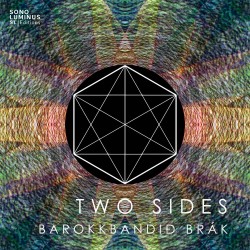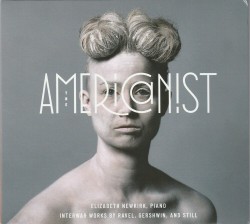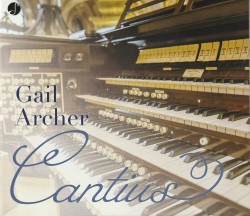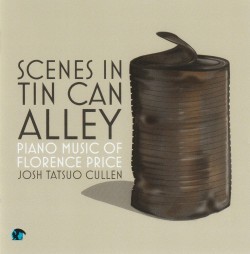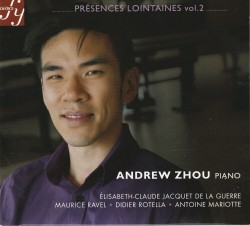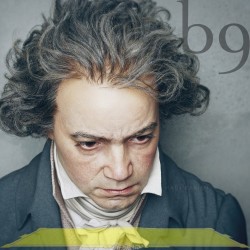Romances Inciertos – Un autre Orlando - Nino Laisné; François Chaignaud
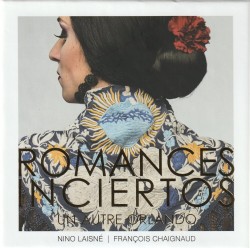 Romances Inciertos – Un autre Orlando
Romances Inciertos – Un autre Orlando
Nino Laisné; François Chaignaud
Alborada editions ALB002 (alborada-editions.com)
In 2020, choreographer/dancer/singer François Chaignaud and stage/musical director/arranger Nino Laisné, along with their four virtuoso instrumentalists, recorded this high-quality in-studio release based on their show Romances inciertos, which they have toured internationally since 2017. The three-act dance stage show has Chaignaud and instrumentalists perform on stage together. Un autre Orlando is in three Acts, each featuring a popular traditional Spanish figure respectively – warrior maiden, archangel, and gypsy – set to centuries spanning Spanish musical traditions.
The band is a tight musical unit. Opening Act I is Laisné’s arrangement of Astor Piazzolla’s tango/pasacalle Tristeza de un doble A (1973) featuring bandoneonist Jean-Baptiste Henry’s calm rendition leading to intensity building of fast virtuosic lyrical lines above the other instruments. Act II’s Nana de Sevilla is a popular cradle song, with Romantic-flavoured instrumental improvisations using rubatos, held strings and fast lines, followed by the popular Baroque Folias, an improvisation driven by Pere Olivé’s percussion beats. Chaignaud also sings falsetto, and normal voice, in select songs like his well-placed lower-pitched vocals-to-strings backdrop by Daniel Zapico (guitar and theorbo) and François Joubert-Caillet (viola da gamba) in the Act III opening 1936 zambra, La farsa monea. Laisné’s arrangement of the popular coplas, La Tarara, closes the show featuring Chaignaud’s emotional higher-pitched vocals.
Other Spanish musical styles on display include processional marches to Sephardic laments, folk music to zarzuela, all arranged and performed to perfection. This is a successful, timeless leap from theatre stage to a 16-track audio recording!


